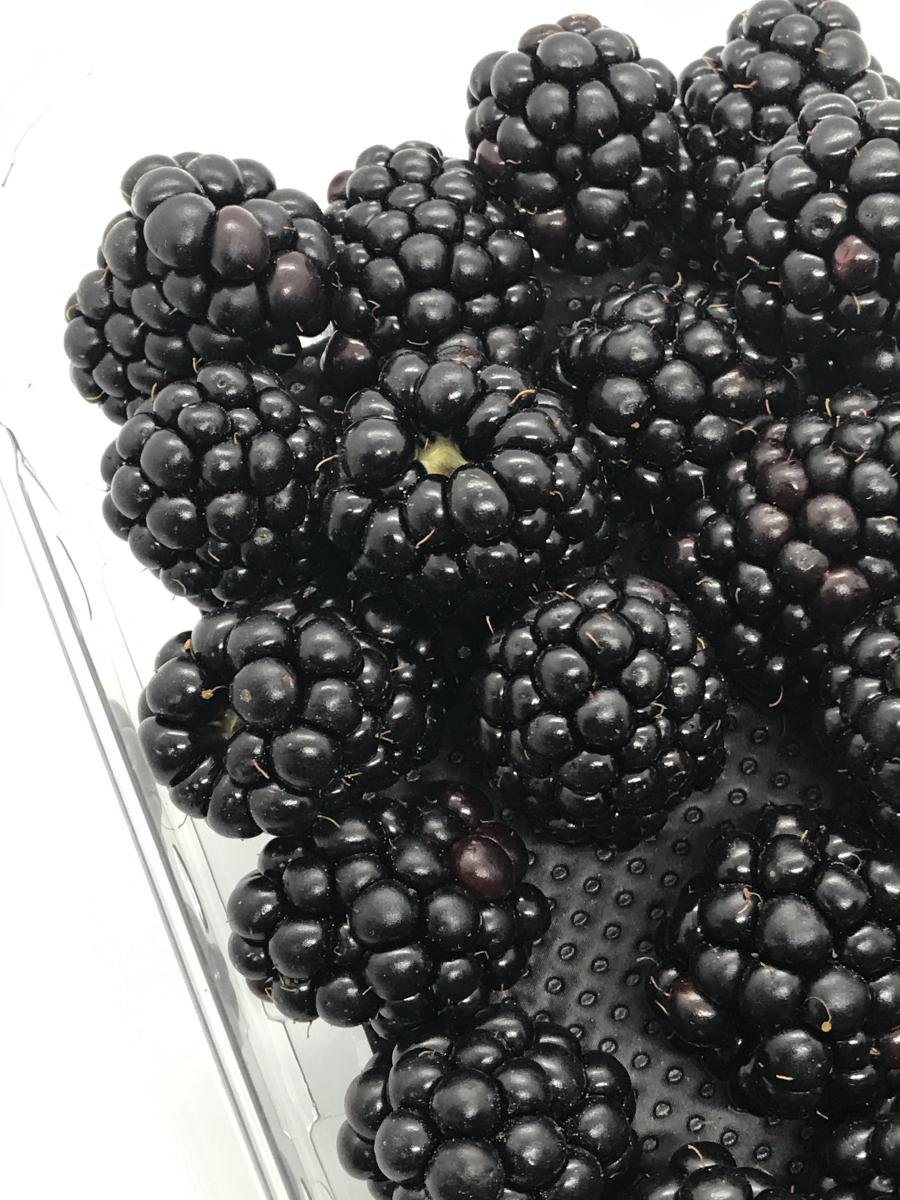Diego Paredes, founder of EcuaBlue, tells in this interview how the country's nascent blueberry industry has big ambitions.
| In our experimental farm BlueFarm, we are dedicated to the research and development of the best varieties of blueberry and in our BlueLab laboratory we propagate blueberry plants in vitro by meristem and test them in our nursery to ensure their adaptation to different climates in our country. EcuaBlue |
Sales of blueberries are booming in Ecuador. Due to its nutritional benefits, the fruit is highly valued by consumers and can be sold for up to $10 per kg in the local market. EcuaBlue has been at the forefront of industry development since it was founded in 2018. Its goal is to become a leading producer of premium varieties of blueberries for the domestic and international markets.
Diego, tell us about the progress Ecuador has made in its export journey of blueberries in recent years.
Diego Paredes: EcuaBlue started in 2018 by testing varieties of blueberry such as Biloxi in the Ecuadorian Sierras, at an altitude of 2,500 meters. Due to the excellent results obtained in both fruit quality and yield, we decided to implement the best that the blueberry industry has to offer.
We looked at best practices developed in Mexico, Peru and Chile and put together a technology package for growing blueberry in Ecuador, focusing not on what has worked so far, but rather on what we think will work in the future.

We defined three basic pillars of cultivation: genetics, water and substrate, and contacted the best in the industry to get advice on each.
Today we are the Ecuadorian representatives of some of the best companies engaged in the production of blueberries. We offer manufacturers advice and technology packages from around the world.
We manage Mountain Blue Genetics from Australia, CocoGreen substrate from the United Kingdom, Pasquini & Bini pots from Italy, and the Responsive Drip Irrigation RDI system from the United States.
By working with these strategic partners, who have experience on five continents with some of the largest growers in the industry, we have been able to reduce the learning curve here in Ecuador, avoiding mistakes that can be very costly.
What are the main growth factors of the blueberry industry in Ecuador today?
DP: Initially it was driven by the profitability of blueberries: today the average selling price per kg in Ecuador is far above the world average, making the domestic market extremely attractive to farmers. It is clear that this price will not last long; the Ecuadorian market is very small and in a short time it will be saturated. That is when we need to make sure we have enough fruit to start exporting.
The next factor is the quality of the blueberries produced in Ecuador. We are already known for the excellent quality of our bananas, cocoa, roses, and broccoli, and very soon we will be known for our excellent blueberries. We are also able to produce throughout the year, which allows us to supply premium niche markets that require the best quality on a weekly basis. It is clear that we will not be the largest producer in terms of volume, but we aim to be the one with the highest quality.
It needs to be understood that the global market for blueberries has shifted from supply driven by production (until a few years ago, those who had blueberries were selling their production at very good prices without any problems) to supply driven by demand, that is, since there is a year-round supply of different origins, customers are looking for a pleasant and consistent consumption experience.
They already know the fruit, now they want the best fruit, and the basis for providing it is genetics. That's why Mountain Blue Genetics was our first choice to produce the best blueberry high altitude in Ecuador for 52 weeks of the year.
Is Ecuador's blueberry industry attracting investment from other countries?
DP: Most investments come from Ecuadorian capital, but there are also foreign players, such as Chile, who are already present in our country.
I know that tests are being carried out in various parts of the country to see where growing conditions are most suitable for blueberries. What are the most promising areas?
DP: Currently in Ecuador there are about 80 hectares of blueberries planted with 14 different varieties, most of them in the Ecuadorian Sierra, between 1,500 and 2,900 meters above sea level. Provinces such as Pichincha, Cotopaxi, Imbabura, Carchi and Loja are among the most promising. But we are still in the early stages of experimentation, adaptation and learning.
When do you think the first exports of blueberries Ecuadoreans will begin?
DP: There have already been some trial shipments to the Netherlands, which have been well received. But the domestic market is even more attractive, not to say easier to manage. Eventually, as production increases, local prices will become less attractive, and this will force producers to focus on exports. We need to prepare so that when this time comes, we will be able to reach the market with the best quality fruit possible. I would say our natural markets are the United States and Europe.
Looking ahead, how do you think the industry will evolve in the coming years?
DP: We hope to gain government support to promote the production of blueberries and other nontraditional crops. We also need to improve labor laws by making hiring more flexible and, of course, we need to open up new export markets, such as China.
In the medium term we hope to reach 1,000 hectares of blueberries cultivation centered on the best genetics available today, which will allow us to differentiate our supply from that of our neighbors.
Source:Fruitnet
Fruitnet is part of the NCX Media network.









